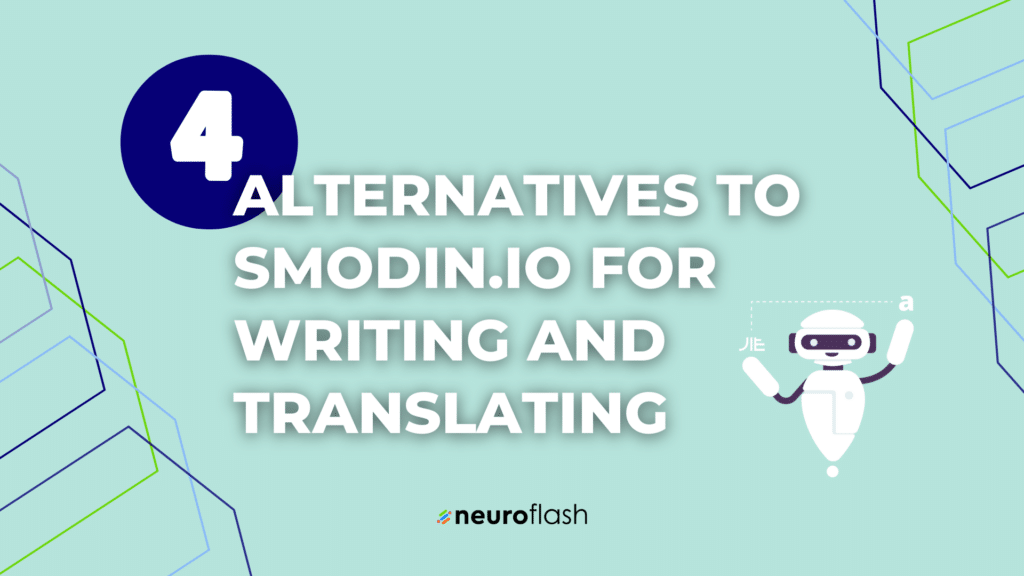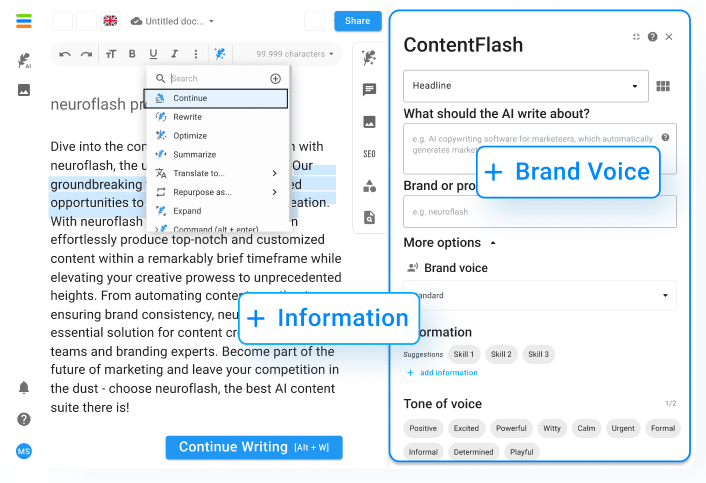In today’s competitive market, businesses need to create innovative marketing campaigns that engage and resonate with their target audience in order to stand out. By utilizing storytelling, user-generated content, cause marketing, influencer marketing, and experiential marketing, companies can successfully connect with their customers and build brand loyalty.
Storytelling: Coca-Cola’s “Share a Coke” Campaign
Coca-Cola launched their “Share a Coke” campaign in 2014, which featured personalized bottles and cans with various names and phrases. This campaign utilized storytelling by encouraging customers to share a Coca-Cola with someone who has that particular name on the bottle, making it a personal and memorable experience. The campaign was a huge success, with Coca-Cola seeing a 2% increase in U.S. sales for the first time in a decade.
This campaign also utilized user-generated content, as customers shared photos of themselves with their personalized Coca-Cola bottles on social media platforms like Facebook and Twitter. This helped to create a viral buzz around the campaign and ultimately led to more sales for Coca-Cola.
If you want to learn more about user-generated content, check out neuroflash’s article on the Advantages and Disadvantages of a Digital Marketing Agency.
User-generated Content: Starbucks’ #RedCupContest
Starbucks launched their #RedCupContest campaign for the holiday season in 2014, which encouraged customers to decorate their iconic red holiday cups and share their designs on social media using the hashtag #RedCupContest. This campaign utilized user-generated content by giving customers a chance to show off their creativity and love for the Starbucks brand.
The campaign was a huge success, with Starbucks receiving over 40,000 submissions and over 4,000 posts per day during the holiday season. Starbucks also saw a 20% increase in holiday sales that year.
To learn more about the power of user-generated content in marketing, check out Neuroflash’s article on Writing Blog Articles with AI.
Cause Marketing: Dove’s “Real Beauty” Campaign
Dove’s “Real Beauty” campaign, which launched in 2004, utilized cause marketing by challenging traditional beauty standards and promoting self-love and confidence in women of all body types. This campaign featured real women of different shapes and sizes in their advertisements, which resonated with customers and helped to build brand loyalty.
The campaign was a huge success, with Dove seeing a 700% increase in sales since the campaign’s launch. The campaign also received numerous awards for its positive impact on women’s self-image and for promoting body positivity.
If you want to learn more about cause marketing, check out neuroflash’s article on the Dos and Don’ts of Digital Marketing with Google.
Influencer Marketing: Daniel Wellington’s Campaign with Kendall Jenner
Daniel Wellington partnered with model Kendal Jenner in 2016 for an influencer marketing campaign to promote their watches on social media platforms like Instagram. This campaign utilized the power of influencers to reach a wider audience and build brand awareness.
The campaign was a huge success, with Daniel Wellington seeing a 215% increase in sales in the U.S. alone in the year following the campaign’s launch. The campaign also helped to establish Daniel Wellington as a popular and trendy brand among millennials.
If you want to learn more about influencer marketing, check out Neuroflash’s article on the Most Popular Social Media Tools in Comparison.
Experiential Marketing: Airbnb’s “Night At” Campaign
Airbnb’s “Night At” campaign, which launched in 2015, utilized experiential marketing by offering customers a chance to spend a night in unique locations like the Louvre museum or the Great Wall of China. This campaign gave customers a chance to create lasting memories and share their experiences on social media, helping to build brand loyalty.
The campaign was a huge success, with Airbnb seeing a 40% increase in bookings and a 25% increase in website traffic as a result of the campaign. The campaign also received numerous awards for its innovative approach to marketing.
Useful Tips
- Know your target audience and what resonates with them.
- Utilize social media platforms to reach a wider audience.
- Partner with influencers to build brand awareness.
- Offer unique and memorable experiences to engage customers.
- Don’t be afraid to challenge traditional marketing methods and try new approaches.
Related Questions
1. What other brands have utilized storytelling in their marketing campaigns?
Other brands that have utilized storytelling in their marketing campaigns include Nike’s “Just Do It” campaign and Apple’s “Think Different” campaign.
2. How can a company effectively incorporate user-generated content into their marketing strategy?
A company can effectively incorporate user-generated content into their marketing strategy by creating unique hashtags and running contests or challenges that encourage customers to share their experiences with the brand on social media platforms.
3. What are some popular examples of cause marketing campaigns?
Other popular examples of cause marketing campaigns include Toms’ “One for One” campaign, which donates a pair of shoes to a child in need for every pair of shoes purchased, and the “Ice Bucket Challenge” campaign, which raised awareness and funds for ALS research by encouraging people to dump a bucket of ice water on their heads and donate money to the cause.
Overall, creating innovative marketing campaigns that connect with customers requires a deep understanding of your target audience and the ability to think outside the box. By utilizing storytelling, user-generated content, cause marketing, influencer marketing, and experiential marketing, companies can successfully build brand loyalty and stand out in today’s competitive market.
‘
Conclusion
Innovative marketing campaigns can be a powerful tool for businesses to connect with their customers and differentiate themselves from competitors. By utilizing storytelling, user-generated content, cause marketing, influencer marketing, and experiential marketing, companies can effectively engage with their target audience and build brand loyalty.
One key element to creating successful marketing campaigns is understanding your audience and what resonates with them. This requires extensive research and analysis to determine the preferences, values, and behaviors of your target market.
Social media platforms have become a powerful tool for marketing campaigns, providing a way to reach a wider audience and engage with customers in a more personal way. Additionally, partnering with influencers can help businesses build brand awareness and credibility with their target audience.
Offering unique and memorable experiences to customers through experiential marketing can also be a highly effective strategy for building brand loyalty and creating positive associations with your brand.
Overall, creating innovative and successful marketing campaigns requires a willingness to challenge traditional methods and try new approaches, as well as a deep understanding of your target audience and what resonates with them. By utilizing the strategies outlined above, businesses can connect with their customers on a deeper level and build a strong and loyal customer base.


















